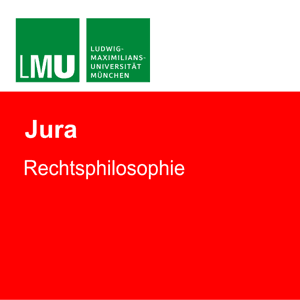The rapid progress of digital technology has led to a situation
where computers have become ubiquitous tools. Now we can find them
in almost every environment, be it industrial or even private. With
ever increasing performance computers assumed more and more vital
tasks in engineering, climate and environmental research, medicine
and the content industry. Previously, these tasks could only be
accomplished by spending enormous amounts of time and money. By
using digital sensor devices, like earth observation satellites,
genome sequencers or video cameras, the amount and complexity of
data with a spatial or temporal relation has gown enormously. This
has led to new challenges for the data analysis and requires the use
of modern multimedia databases.
This thesis aims at developing efficient techniques for the analysis
of complex multimedia objects such as CAD data, time series and
videos. It is assumed that the data is modeled by commonly used
representations. For example CAD data is represented as a set of
voxels, audio and video data is represented as multi-represented,
multi-dimensional time series.
The main part of this thesis focuses on finding efficient methods
for collision queries of complex spatial objects. One way to speed
up those queries is to employ a cost-based decompositioning,
which uses interval groups to approximate a spatial object. For
example, this technique can be used for the Digital Mock-Up (DMU)
process, which helps engineers to ensure short product cycles. This
thesis defines and discusses a new similarity measure for time
series called threshold-similarity. Two time series are
considered similar if they expose a similar behavior regarding the
transgression of a given threshold value. Another part of the thesis
is concerned with the efficient calculation of reverse
k-nearest neighbor (RkNN) queries in general metric spaces
using conservative and progressive approximations. The aim of such
RkNN queries is to determine the impact of single objects on the
whole database. At the end, the thesis deals with video
retrieval and hierarchical genre classification of music
using multiple representations. The practical relevance of the
discussed genre classification approach is highlighted with a
prototype tool that helps the user to organize large music
collections.
Both the efficiency and the effectiveness of the presented
techniques are thoroughly analyzed. The benefits over traditional
approaches are shown by evaluating the new methods on real-world
test datasets.































